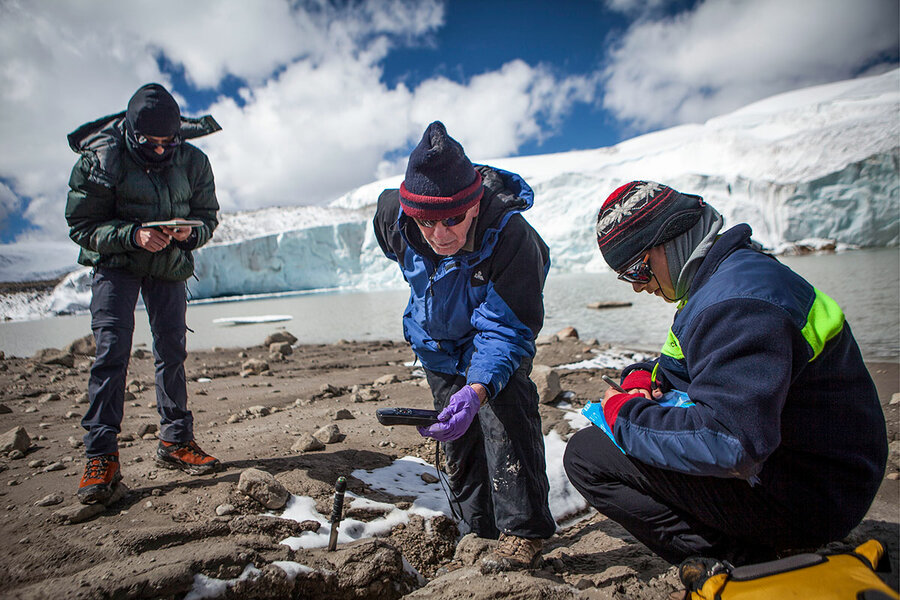Data on a warming planet: What’s at stake in global climate summit
Loading...
Climate scientists are unequivocal: Human activities, from land use patterns to the burning of fossil fuels, have been dramatically boosting the quantity of carbon dioxide and other greenhouse gases in Earth’s atmosphere. The result is a dangerous warming of Earth’s climate, where each degree of average temperature change makes a difference.
Yet the pattern is far from irreversible. World leaders have widely recognized the urgent need to transition toward a decarbonized economy.
Our charts with this story highlight the challenge and point to signs of progress toward solutions, as 197 nations meet for a climate summit in Glasgow, Scotland.
Why We Wrote This
Do we really need to be hearing so much about climate change and a meeting called COP26? With a global summit underway, here’s a chart-based briefing on why it matters.
Already the conference has yielded stepped-up “net zero” targets from many nations including India, a multilateral deal to control methane emissions, and pledges to curb deforestation and the use of coal. Increasingly, the global public sees climate change as a priority. And alternatives to fossil fuels are getting more affordable.
The challenge ahead remains stark. Over the past century, atmospheric levels of carbon dioxide have surged from 300 parts per million to more than 400 ppm – concentrations not seen in 800,000 years of records tracked by scientists.
While some experts have given up on the Paris Agreement goal of halting global warming at 1.5 degrees Celsius above preindustrial levels, Helen Mountford and colleagues at the World Resources Institute frame it a little differently.
“The only way for this goal to remain in reach,” they wrote yesterday, “is if major emitters rapidly drive down emissions in the next decade – much more than they have committed to already.”






